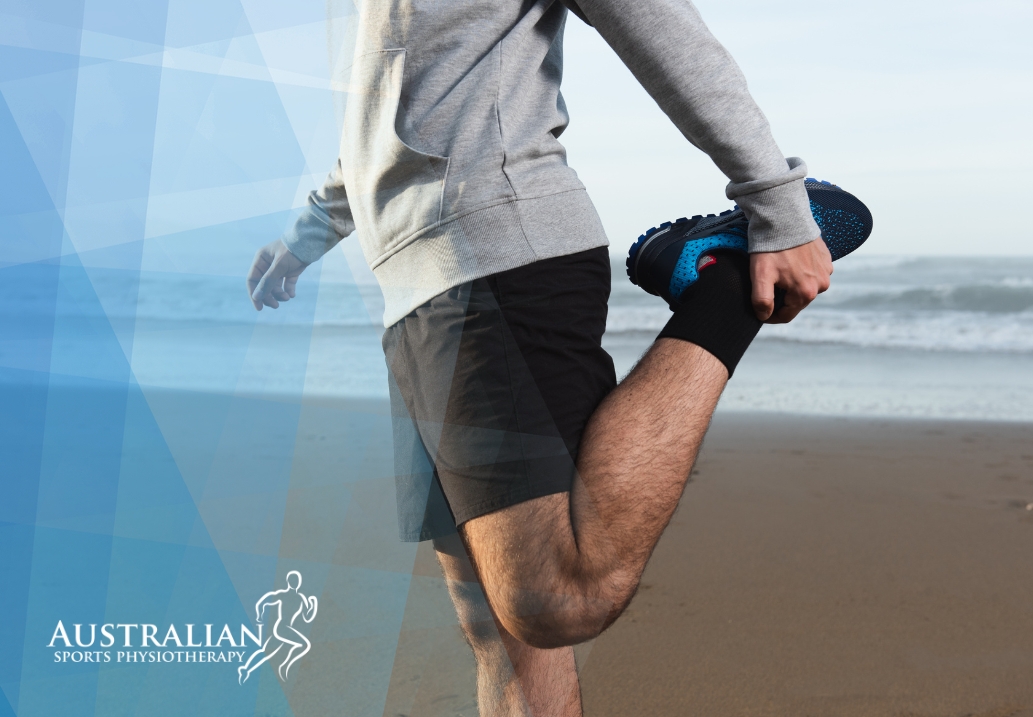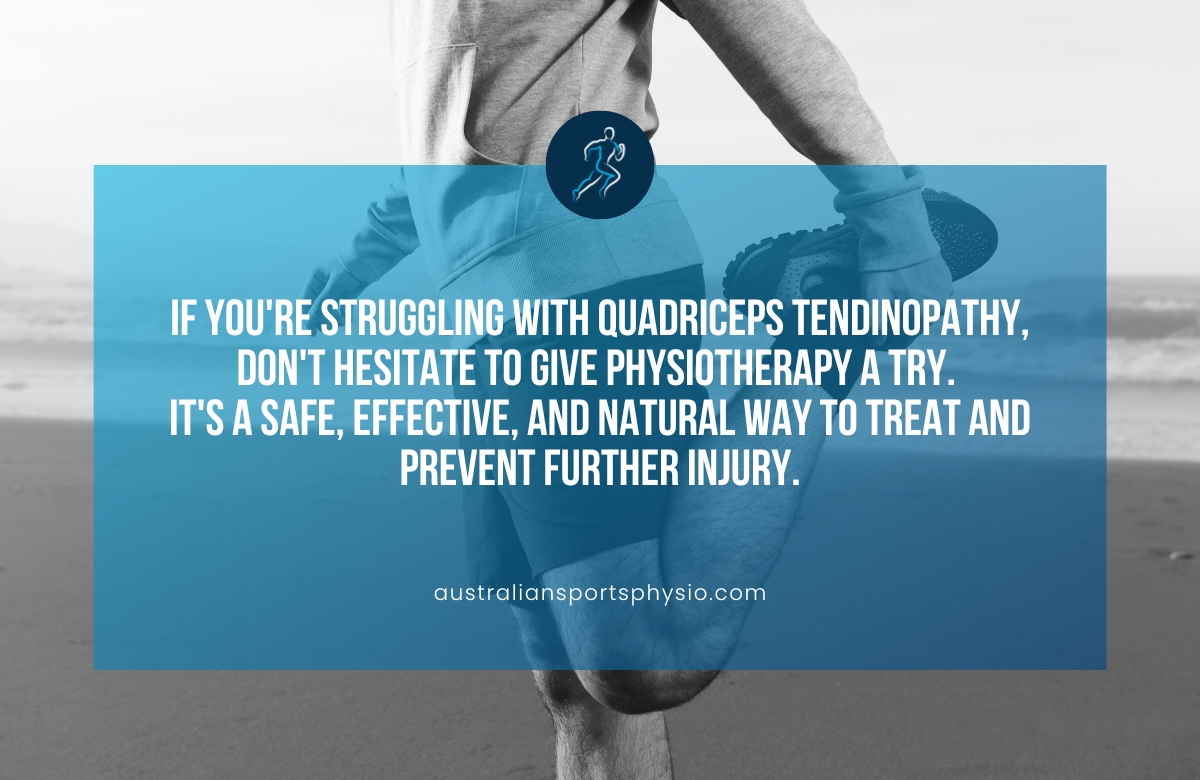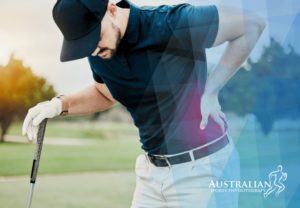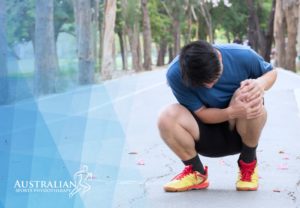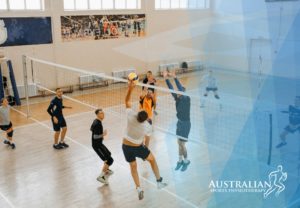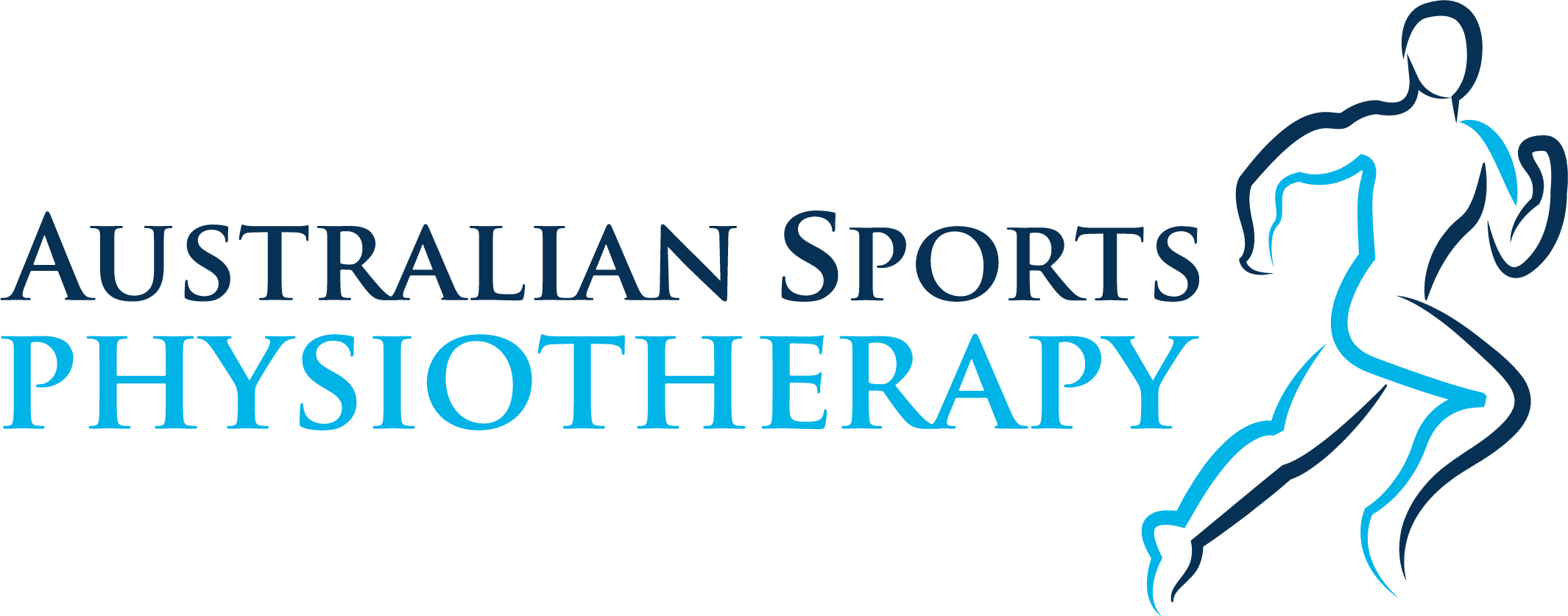Are you tired of dealing with the pain and discomfort of quadriceps tendinopathy? This common injury can be frustrating and debilitating, but there is hope for relief. Physiotherapy has been proven to be an effective treatment option for quadriceps tendinopathy, helping individuals regain strength, reduce pain, and improve their overall quality of life.
If you’re experiencing symptoms such as knee pain, swelling, and difficulty moving your leg, it’s important to seek professional help. Physiotherapy offers a holistic approach to treating quadriceps tendinopathy by addressing the underlying causes of the condition and providing targeted exercises and therapies to promote healing.
Whether you’re a professional athlete or a weekend warrior, physiotherapy can help you get back on your feet and back in the game.
What is quadriceps tendinopathy?
Quadriceps tendinopathy, also known as jumper’s knee, is an overuse injury of the tendon that connects the quadriceps muscles to the kneecap (patella). It’s a common condition among athletes who participate in jumping sports like volleyball, basketball, and gymnastics. However, anyone who engages in repetitive knee movements, such as running or squatting, can develop quadriceps tendinopathy.
Common causes of quadriceps tendinopathy
- Overuse: Repetitive stress on the quadriceps tendon from activities like jumping, running, or squatting can lead to tiny tears in the tendon.
- Sudden increase in activity: Rapidly increasing the intensity or duration of your workouts can put too much strain on the quadriceps tendon.
- Muscle imbalances: Weak or tight hamstrings can put increased stress on the quadriceps tendon.
- Improper training techniques: Poor form during jumping or squatting can increase the risk of quadriceps tendinopathy.
- Patellofemoral malalignment: If your kneecap doesn’t track properly in the groove on your femur, it can put additional stress on the quadriceps tendon.
Common symptoms of quadriceps tendinopathy
- Pain just above the kneecap, often described as dull and aching.
- Pain that worsens with activity, especially jumping, squatting, running downhill, or climbing stairs.
- Stiffness in the knee, especially in the morning.
- Swelling or tenderness around the kneecap.
- Weakness in the quadriceps muscles.
- Difficulty straightening the knee.
Physiotherapy treatment for quadriceps tendinopathy
Physiotherapy is a vital component in the management of quadriceps tendinopathy. It offers a holistic approach that not only addresses the symptoms but also focuses on addressing the underlying causes of the condition. Through various techniques and exercises, physiotherapy aims to reduce pain, improve strength and flexibility, and promote healing. Here’s how:
1. Initial phase
- Pain management
- Ice: Applying ice packs wrapped in a towel to the painful area for 15-20 minutes at a time, several times a day, can help reduce inflammation and pain.
- Electrotherapy: Modalities like ultrasound or interferential current may be used to further reduce pain and promote healing.
- Structural support: Taping or bracing could be used to provide support and offload the tendon.
- Gentle range of motion exercises: Maintaining gentle movement will prevent stiffness and promote blood flow to the area. Your physiotherapist will guide you through the appropriate exercises to start the healing process.
2. Gradual strengthening
- Isometric exercises: Once pain eases, isometric exercises, where you contract the quadriceps muscle without moving the knee, can be introduced.
- Eccentric exercises: These exercises involve lengthening the quadriceps muscle under load, like controlled lowering in a squat, and are particularly effective in promoting tendon healing.
- Progressive strengthening: As pain improves, gradually increase the intensity and duration of exercises, incorporating resistance bands, weights, or bodyweight exercises like squats, lunges, and step-ups.
3. Return to Activity
- Functional training: Specific exercises targeting activities you enjoy, like jumping or running, will be incorporated to safely return you to your preferred sport or activity.
- Stretching: Maintaining flexibility in the quadriceps, hamstring, and calf muscles is crucial to prevent recurrence.
4. Education
Your physiotherapist will educate you about the mechanics of your injury, proper exercise techniques, and strategies to prevent future episodes.
How long does quadriceps tendinopathy take to heal?
The specific timeline for recovery will vary depending on the severity of your injury and your adherence to the treatment plan. Generally, improvement can be expected within several weeks in mild cases and several months or longer in severe cases.
Prevention of quadriceps tendinopathy
- Gradually increase the intensity and duration of your workouts.
- Warm up before and cool down after exercise.
- Strengthen the muscles around your knee, including the quadriceps, hamstrings, and calves.
- Use proper form during exercise.
- Wear supportive shoes.
- Listen to your body and take rest days when needed.
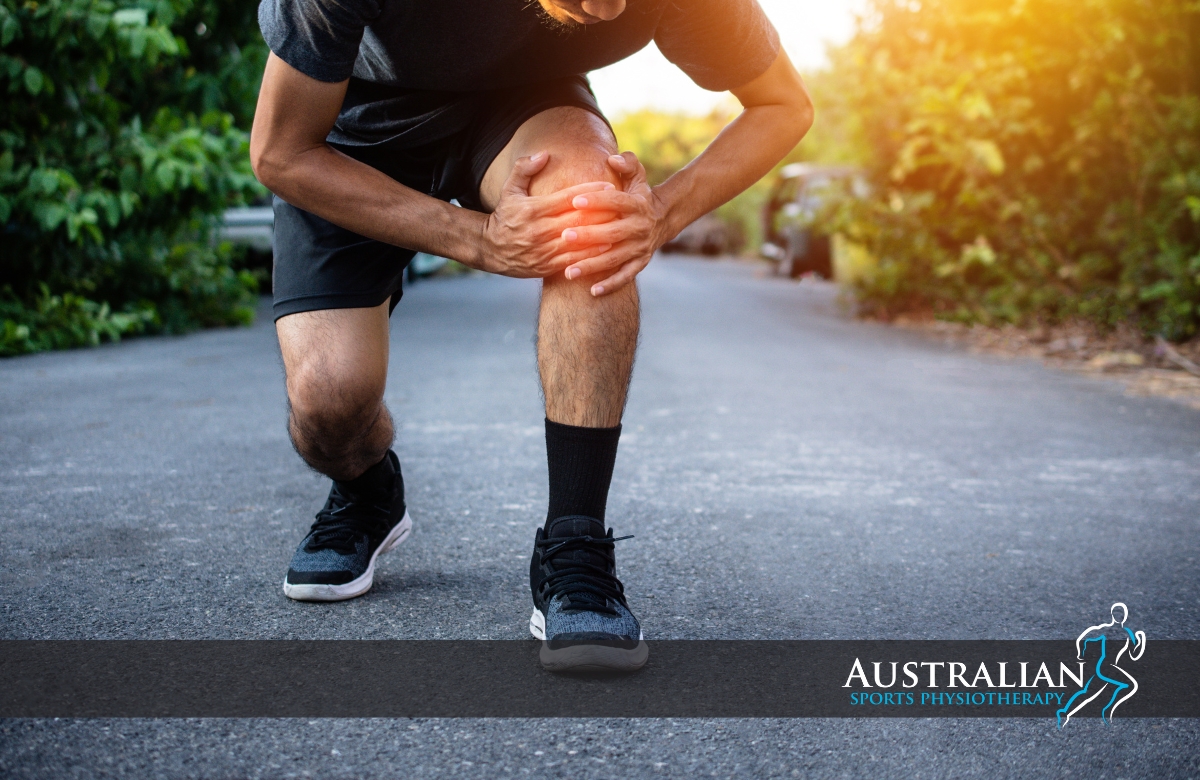
Final thoughts on physiotherapy for quadriceps tendinopathy
If you’re struggling with quadriceps tendinopathy, don’t hesitate to give physiotherapy a try. It’s a safe, effective, and natural way to treat and prevent further injury.
By addressing the root cause of the problem and improving strength and flexibility, you can get back to your active lifestyle with confidence.
Don’t let this condition hold you back – take the first step towards pain-free movement today!
Book an appointment with one of our experienced physiotherapists today for a comprehensive assessment and customised treatment plan.

